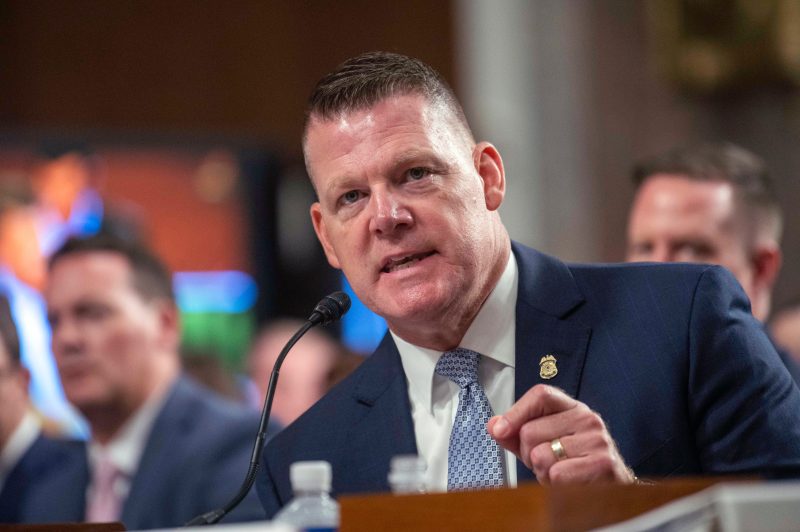The U.S. Secret Service did not see warnings from local police about the gunman at former president Donald Trump’s campaign rally last month in part because they were stationed in separate command centers that hurt communication, the agency’s acting director said Friday.
Ronald Rowe Jr. said the agency takes full responsibility for the security failure at the rally in Butler, Pa., on July 13, and he pledged to make changes that could require new investments in personnel and equipment.
He vowed to hold officers accountable if an internal investigation concludes that they violated agency policies. The Secret Service’s probe is separate from the criminal investigation being led by the FBI.
“This was a mission failure. … I am working to make sure this failure never happens again,” Rowe said at a news conference Friday afternoon at the agency’s Washington headquarters. He called the assassination attempt — in which Trump was injured, one rallygoer was killed and two others were injured — a “dark day for our country.”
Rowe offered some new details about the security arrangements for the outdoor rally, saying there were no Secret Service personnel stationed in a unified command center set up by local law enforcement partners who were responsible for security outside the perimeter of the rally grounds.
Rather, the federal agency had established its own communications operation and did not access a message, moments before the shooting, from a local police officer warning of a man carrying a gun. That man was later identified as the shooter, Thomas M. Crooks, who fired multiple shots before being killed by a Secret Service countersniper.
Rowe said that the Secret Service relies on local law enforcement agencies to secure large events and that it was unusual for there to be two command centers.
There are multiple investigations seeking answers to questions about how a 20-year-old gunman managed to use an HVAC system to clamber atop an unsecured roof, traverse across multiple rooftops and then fire shots during a campaign rally.
Rowe became the agency’s acting director after Kimberly Cheatle, a veteran former agent, resigned as director last month — days after lawmakers from both parties lambasted her for not answering urgent questions about the security lapses at the rally.
Rowe testified at a joint Senate committee hearing Tuesday that he could not explain why local law enforcement had failed to spot the shooter on the roof.
He said the Butler rally was the first time the former president’s detail included a Secret Service countersniper. Local law enforcement has provided countersnipers at other rallies. He said Friday that the roof should have been secured and watched.
The FBI is leading the investigation into the shooting and has said it has not yet determined a possible motive.
The assassination attempt, the first on a U.S. leader in decades, has shaken public faith in the elite protective agency whose mission is “zero fail.” Lawmakers said Rowe provided more details, but some remained frustrated that he had not dismissed any of the agents who were directly involved.
The Secret Service said the Friday news conference was part of an effort to increase public transparency from an agency that is designed to keep a low profile.
Trump has said that he would hold more outdoor rallies and that the Secret Service has promised to expand his security.
Rowe told reporters Friday that law enforcement often flag suspicious people they spot at campaign events. At the July 13 rally, law enforcement received more than 100 calls for support, many of them about incidents related to the extreme hot weather that day. He said there were also calls about suspicious people other than Crooks.
The acting secret service director said law enforcement involved in protecting the Trump rally feel “down right now.”
“Every single person in the Secret Service,” Rowe said, “feels the weight of what happened.”
He said: “We will earn back your trust.”
Maria Sacchetti contributed to this report.

